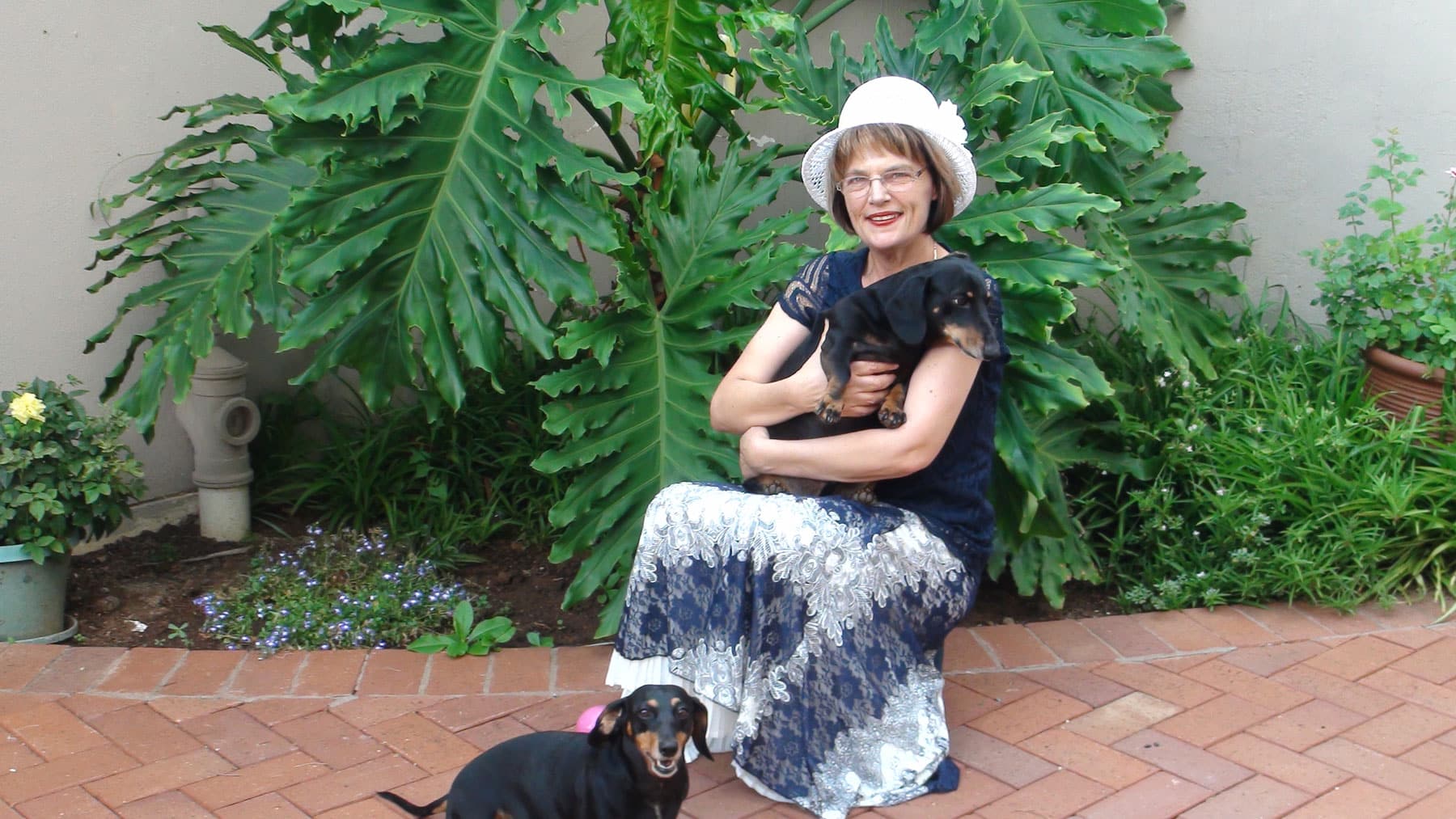Being a Deaf Student in a Mainstream School: Magteld Smith

Note: this is the second guest article from MED-EL cochlear implant recipient Magteld Smith. In her first post she introduced herself and talked about how her mother helped her to succeed in spite of her congenital deafness. Magteld has since gone on to spend 20 years researching how to give more people with deafness and hearing loss access to a wider array of rehabilitation options. Here she talks through what it’s like to be a deaf student going to a mainstream school.
When I was a child there was no kindergarten in South Africa, so by law a child needed to start school no later than age 7. My parents decided to send me to a mainstream school at the age of 7 years. There were a few reasons why they sent me to a mainstream school and not a school for the deaf. First, they wanted me to further develop my spoken language and it was important that my residual hearing was fully taken advantage of. They didn’t want me to be condemned to feel lonely and isolated from the hearing world. And, the nearest deaf school was 1,300 kilometres from where we lived.
I remember my first day at school like yesterday. My parents bought my school uniform, new shoes, socks and of course my school bag. They also bought crayons, pencils, a ruler, scissors, sharpener and a beautiful pencil box and of course a lunch box. I understood that I’m going to school like my oldest brother and sister; I was excited and scared, I wanted to be like my siblings and of course was very happy to get all these new things.
Special Considerations for Teaching a Deaf Student
Beforehand, my parents visited the principal of the school and explained that I was a child with deafness. Thereafter, they met with the Grade 1 teacher and explained to her how to communicate with me.
They said I have to sit always in front the class, and the teacher needs to face me so I could follow her. This is because with my deafness, my hearing will also be supported by visual communication, such as facial expression, lip movements and normal gesturing; this excludes the use of sign language.
Even today this is particularly important for deaf children who need every possible opportunity make use of, and develop, residual hearing in order to learn, speak, and understand the talk of others.
Despite my parent’s efforts, the teacher was young and unexperienced and had never been exposed to any children with a disability. In class she would rather avoid eye contact, ignore and exclude me from class discussions and conversations. She had no patience and was definitely frustrated with me. In South Africa, Afrikaans and English were taught since the first day of school. This was a serious challenge for me as the two languages are totally different from each other, the vowels and consonants are differently pronounced, and I had to learn to start lip-reading in English too. Break time was around 10 o’clock in the morning and I was exhausted from all the concentration. I wanted to be alone and, without realising it, being alone became my comfort zone for survival.
A Mother and Daughter’s Hard Work Pays Off
After school my mother gave me a rest period of two hours. Thereafter, we sat at the table and started to do my homework. In most cases, a child with a hearing disability thinks in concrete and not abstract terms. This is one of the other reasons why language development is difficult and challenging for a deaf child; and these challenges may continue for the rest of the life to some of us. Language had meaning but it was abstract. And, it was difficult to understand the different tenses.
After my homework was done, we started with the alphabet in the two languages. My mother made posters with pictures next each alphabet letter and so by learning also practiced to pronouns the sounds and words. Books with pictures became the primary focus of interaction between my mother and me. I loved animal stories and stories of kings, queens, princesses and princes.
This method she started to use at an early stage consisted of merely looking at pictures together and allowing the shared attention to be the topic of communication. At a later stage, stories, as reflected by the pictures, was “told” without regard for the actual text leading to associations between print and spoken language. I loved this and it kept me on focus.
My parents also gave me a school black board as a present for my hard work. Soon, I started to play that I’m a teacher and by doing this I was able to repeat what I had learned at school that day.
Then after these exhausting exercises ended, at about 5 o’clock in the afternoon, I would find a lot of comfort from our dachshund. I was used to tell him that people at school were terrible and that my mother was cruel to send me there and always wanted to do homework and exercises. It was my belief then that this dog understood everything, and now today I know that “hearing dogs” play a significant role in the lives of many deaf people. A dog becomes a close, affectionate, companion who can both increase self-esteem and reduce loneliness.
In all of this my mother further used a specific sequence of prompts, feedback methods, expansions and repetitions to keep me contributing and interacting. I was prompted to complete a sentence or idea, remember something from the story or relate it to an experienced event and then to ask both wh- (“who”, “what”, “when”, “where”, and “why”) and open-ended questions.
It got better in Grade 2 because the teacher was in her middle years and was very experienced. I was used to her sitting or standing in front with me to make sure that I understood her instructions. Her love, care, support, patience and the will to work with me made for a fantastic year.
Besides all these factors, I wanted to learn and become like my sister and have tried always my best. My parents saluted me for everything I have achieved with so much love, patience and determination.
Thanks, Magteld!
Thanks for your message. We will reply as soon as possible.
Send us a message
Field is required
John Doe
Field is required
name@mail.com
Field is required
What do you think?


